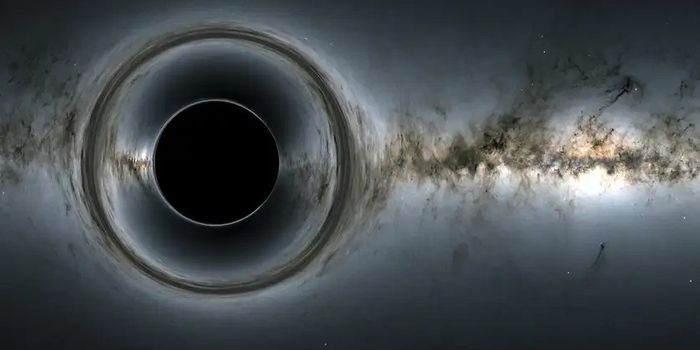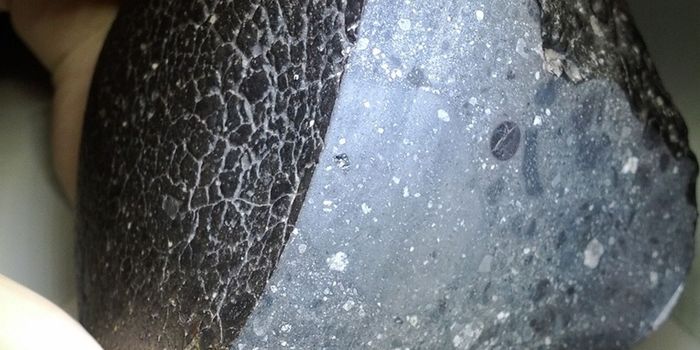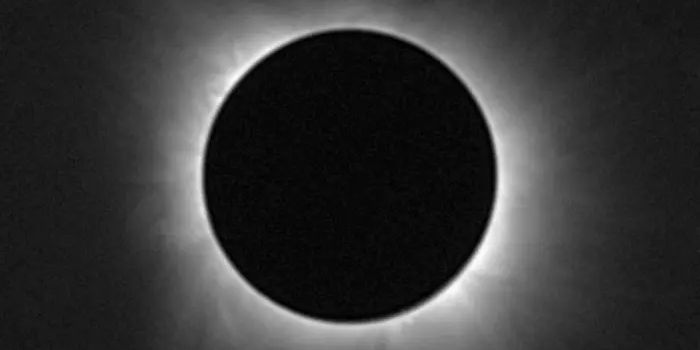Can Planets Be Larger Than Their Host Stars?
When you look at the confines of our solar system and notice just how large the Sun is when compared to Jupiter, the largest planet in the solar system, it can be difficult to conceptualize an instance where a planet could possibly be bigger than its host star. Similar stories can be told about exoplanets residing in other stellar systems, where those stars can be hundreds of times larger than our Sun.
So, with this in mind, is it even possible for a planet to be larger than its host star? The short answer is “yes, it would be possible.” But as you might come to expect, the nitty-gritty details that make this statement true can become a bit more complicated than they seem and it has yet to be directly observed by astronomers today.
As a general rule of thumb, the vast majority of observable host stars are considerably larger than the exoplanets that orbit them. But there could be some instances in which exoplanets may appear larger than the host star, such as when the host star is a neutron or white dwarf star instead of a more traditional variant like our Sun.
And this is where things start to get tricky. While these hypothetical exoplanets could appear larger at first glance, that’s because they’d only be larger volumetrically. In terms of mass, neutron or white dwarf stars could be packing ten solar masses’ worth of matter into a blob about the size of a metropolitan city.
A star of the aforementioned variety would theoretically be suitable enough to support a solar system as large or even larger than one like our own, but due to the circumstances surrounding its size, it would visually appear smaller than a planet like Jupiter despite being more massive.
Another tricky candidate for making this statement true are red or brown dwarf stars. Some of the smallest main sequence stars out there have a radius of around 70,000 kilometers, while some of the largest known exoplanets measure almost double that. We know that these kinds of circumstances exist, but we have yet to observe such an instance where the two reside in the same system together in nature, and that’s one of the biggest challenges behind answering this age-long question.
Mind-boggling indeed…








